

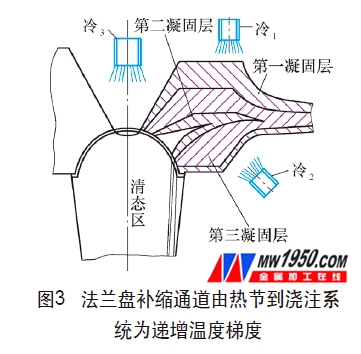
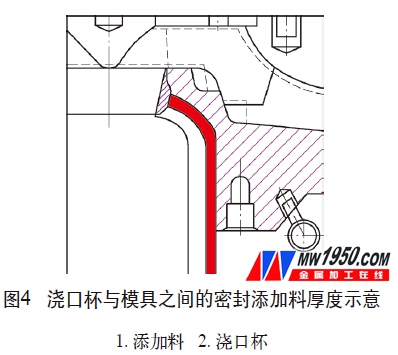
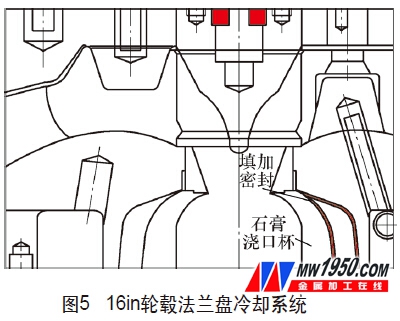
2.4G Remote Control LED Down Light
Yupdeng Smart LED Bulb
Product categories of 2.4G Remote Control LED Down Light, we are specialized manufacturers from China, 2.4G Remote Led Down Light suppliers/factory, wholesale high-quality products of Remote Control Led Down Light R & D and manufacturing, we have the perfect after-sales service and technical support. Look forward to your cooperation!
Company
Founded in 2004, Jiangmen YIDENG Lighting Technology CO., LTD has evolved into a global company that designs, engineers and manufactures innovative and decorative lighting solutions with a new sustainable LED collection for residential, retail, hospitality, museum, industrial and commercial applications.
We have developed an extensive line of award-winning LED luminaires including patented products and revolutionary LED fixtures. Technical innovation is central to what people have come to expect from YIDENG Lighting brand.
YIDENG Lighting has become a recognizable brand name as the microwave sensor leader with a stellar reputation for excellence in technology and design: a reliable name that you can trust for superior quality, innovative technology and superlatives service.

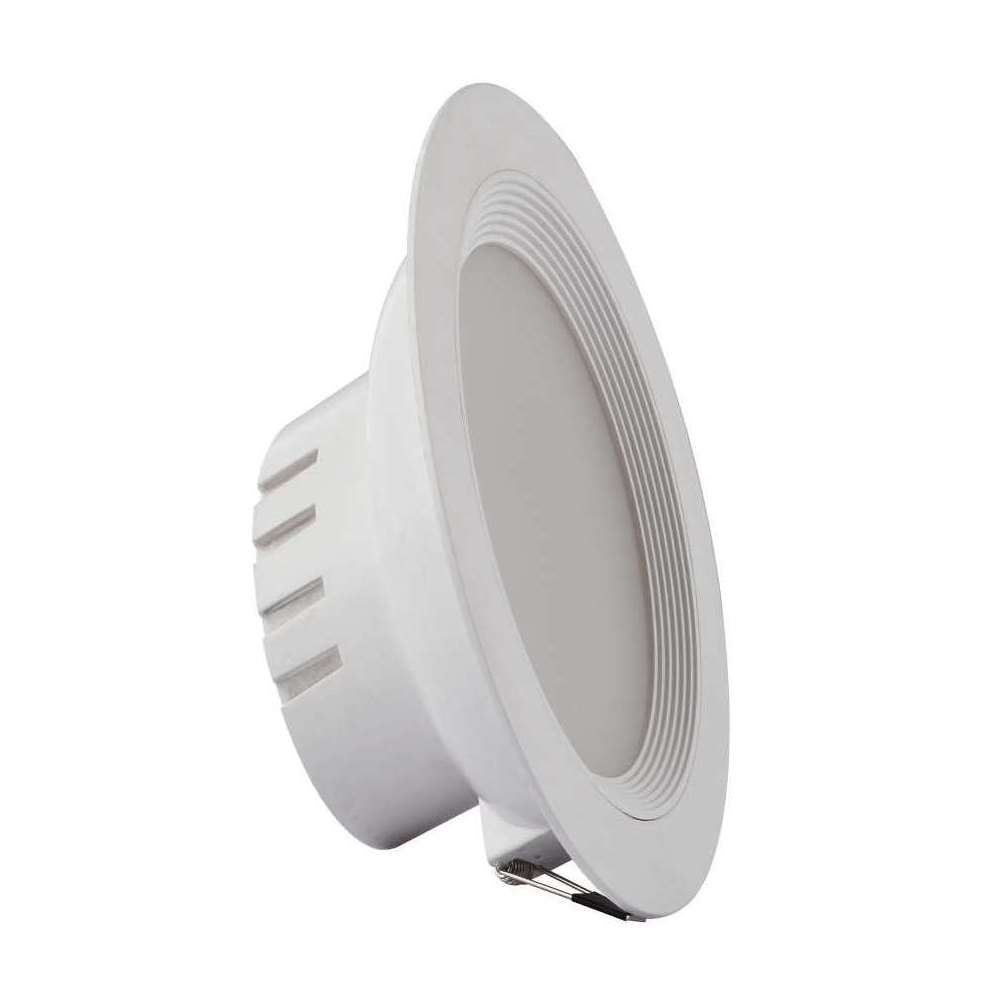
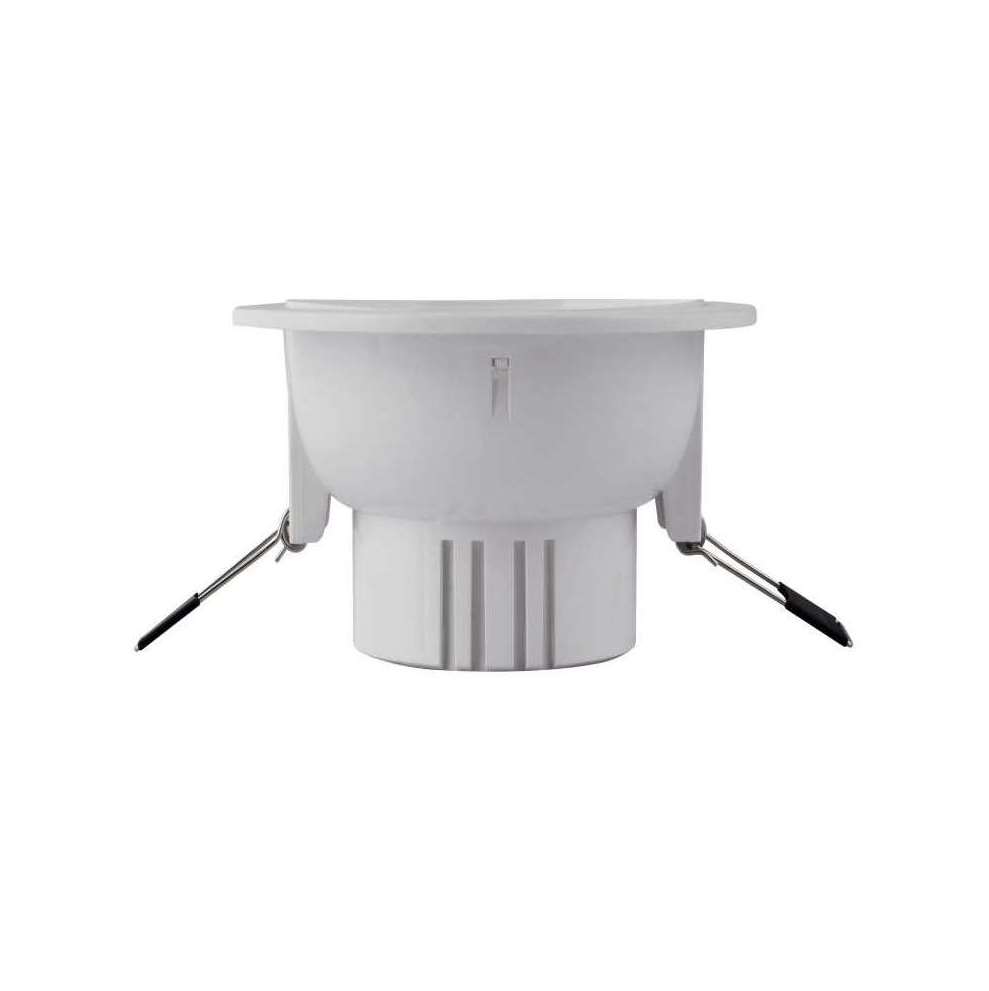
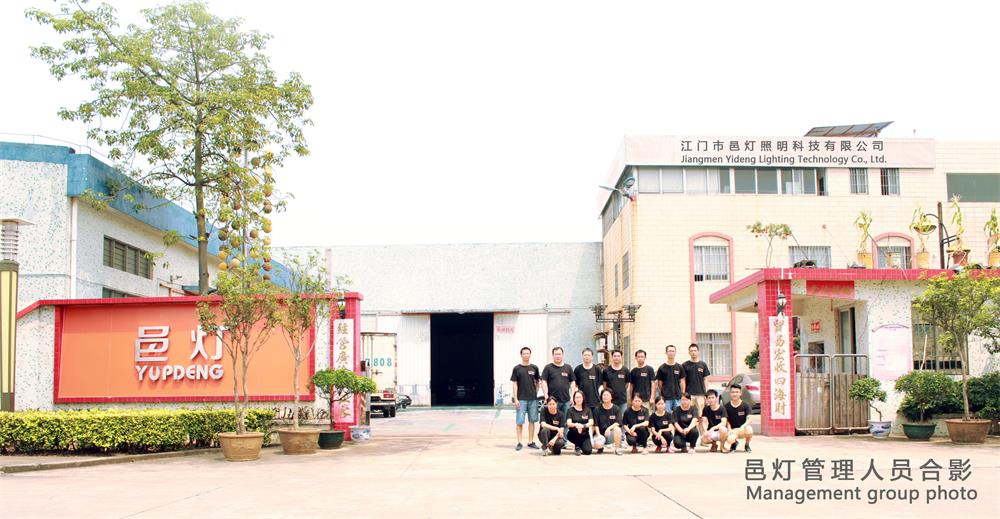
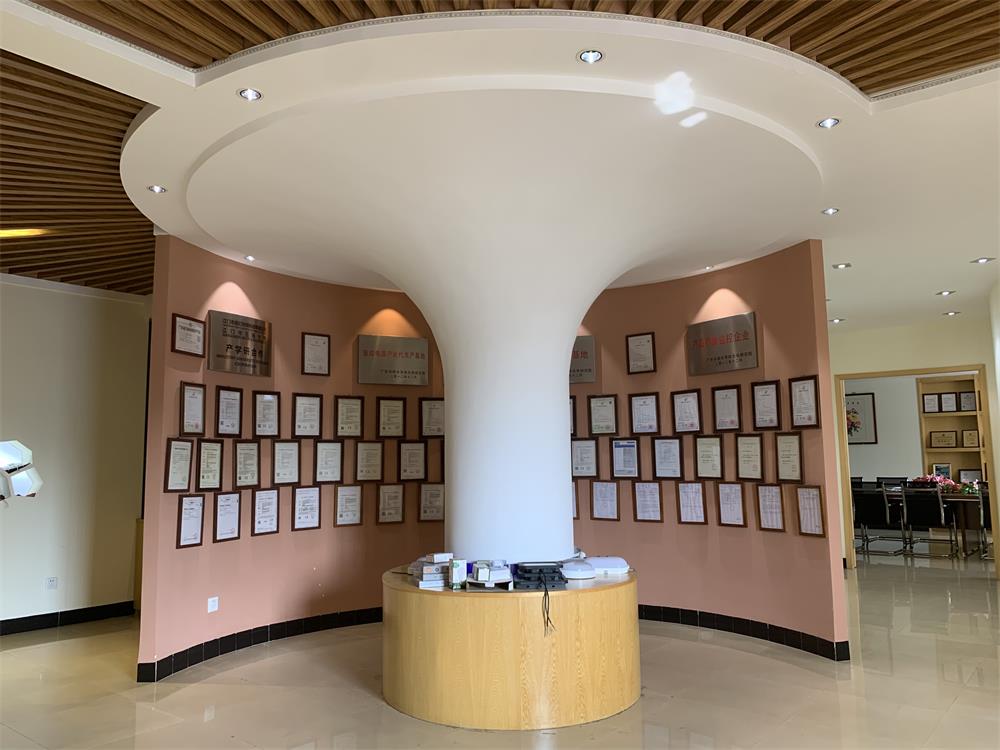


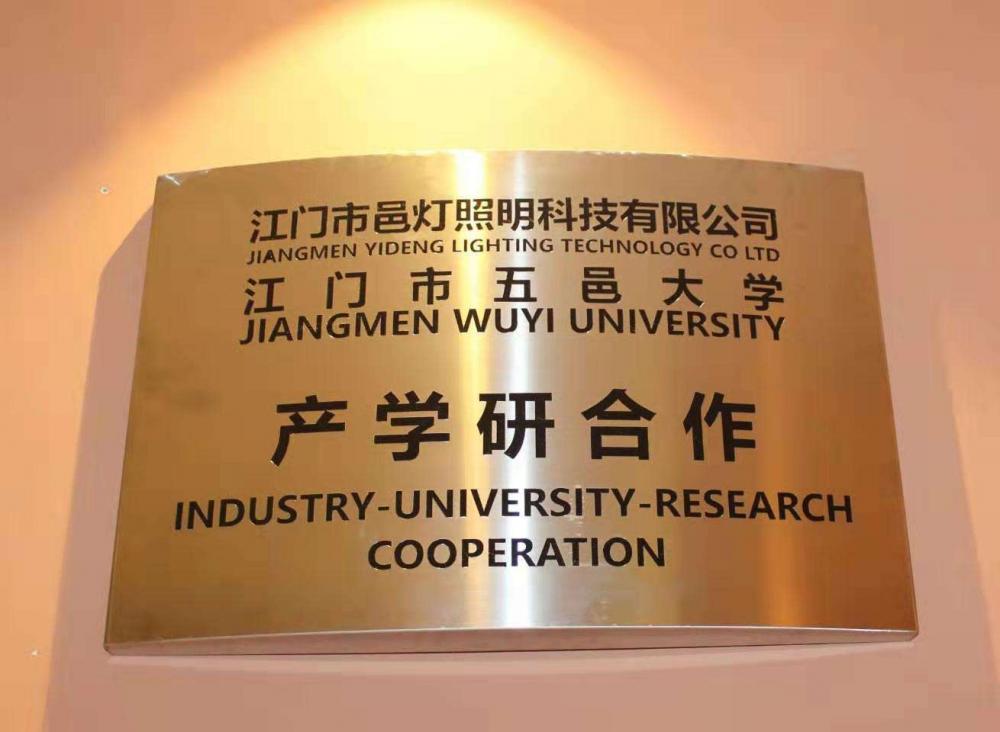
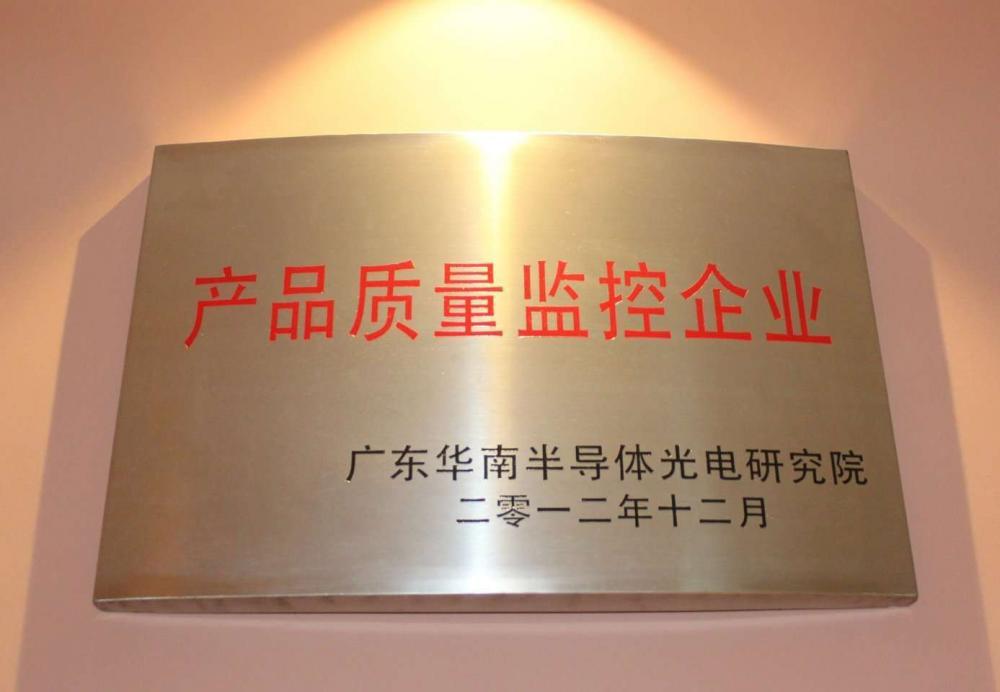
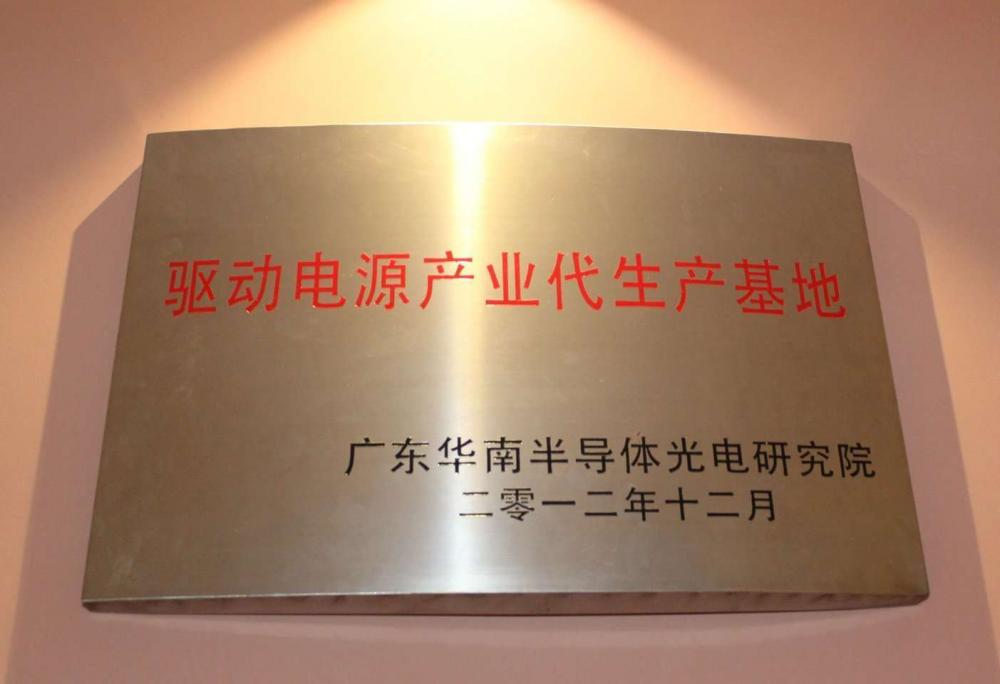
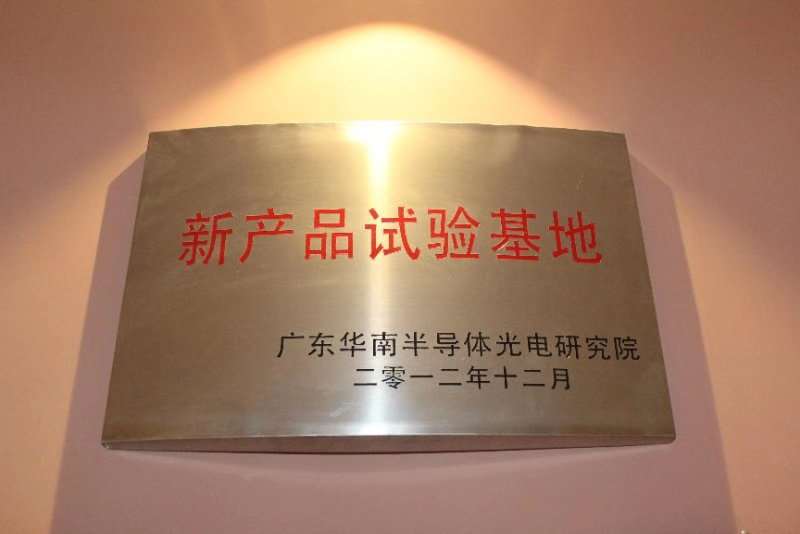
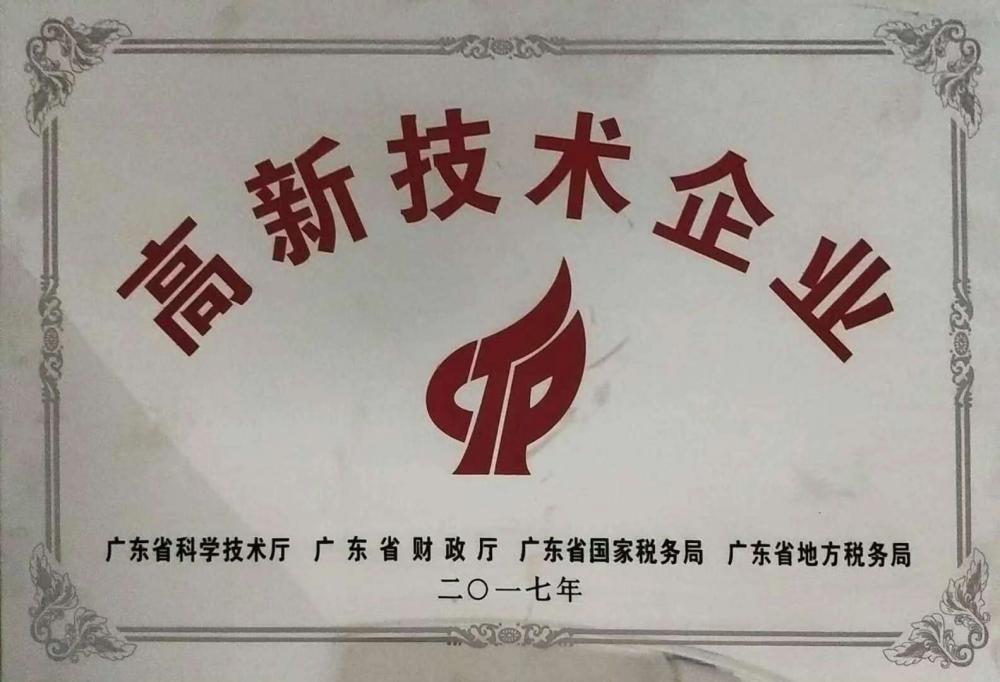
· Please click on the pictures and words for details.
· We are also professional on indoor and outdoor lighting product for projects.
· Such as:LED Spotlight, LED Down Light, LED Track Light, LED Ceiling Light, LED Ceiling Light Module, LED Bulb, LED Step Light and other small lighting products as so on .
· We are not only a manufacturer, but also your expert lighting solution provider.Anything you ask, we will try our best to meet your requirements.
2.4G Remote Led Down Light, Remote Control Led Down Light, 2.4G Led Down Light Lamp
Jiangmen Yideng Lighting Technology Co,.Ltd , https://www.jmyideng.com